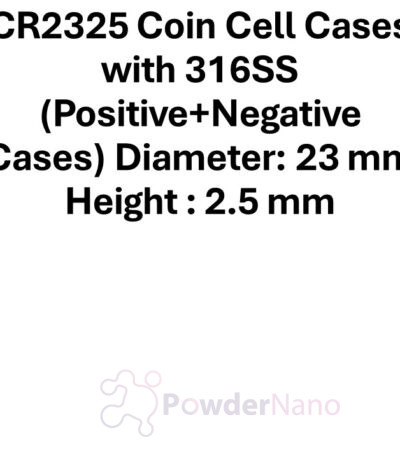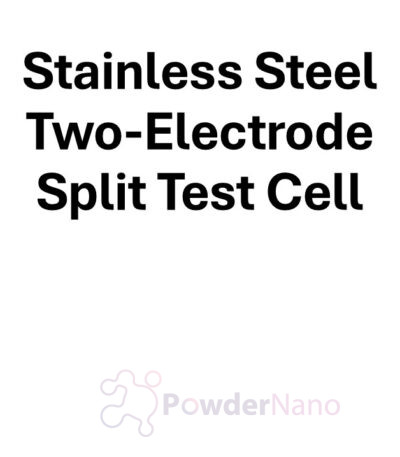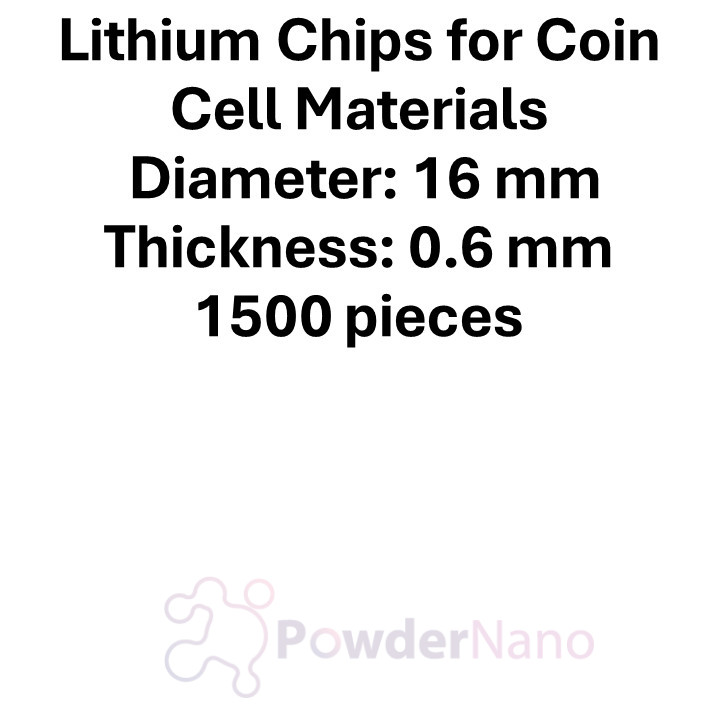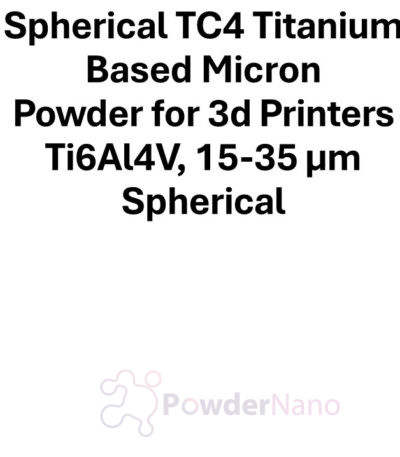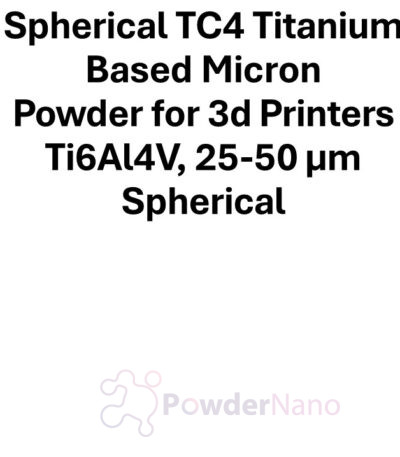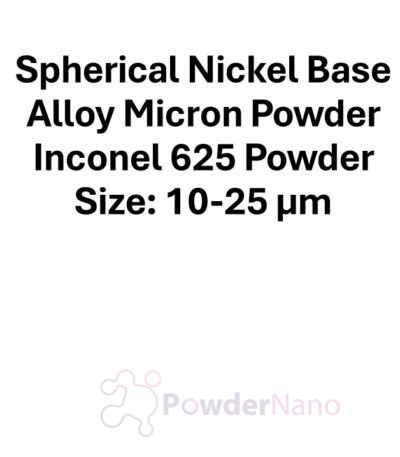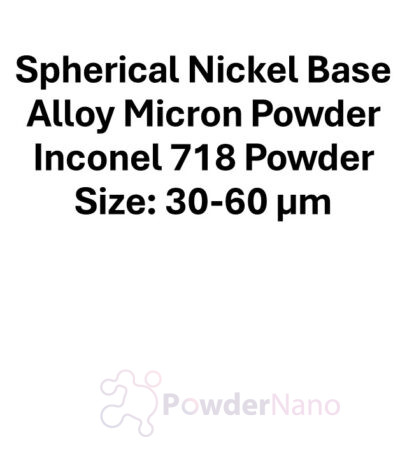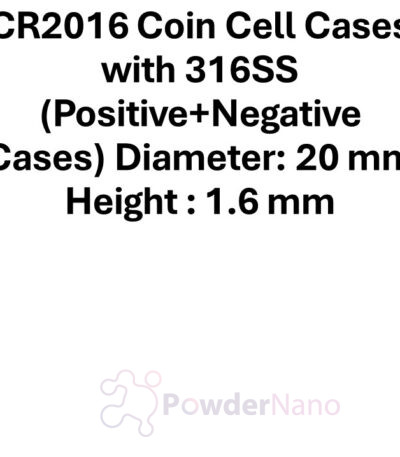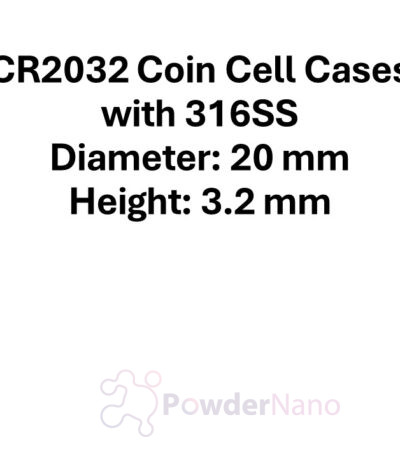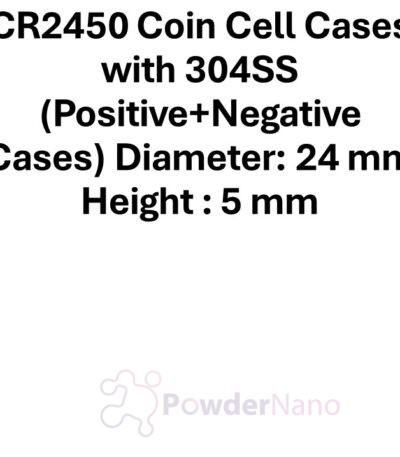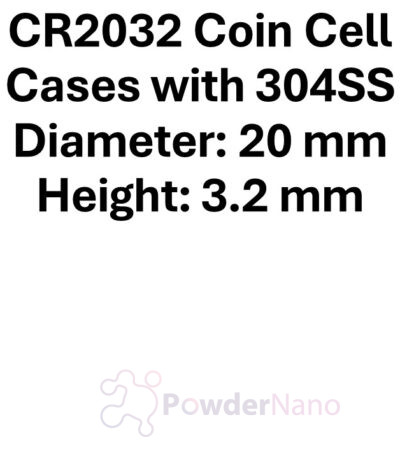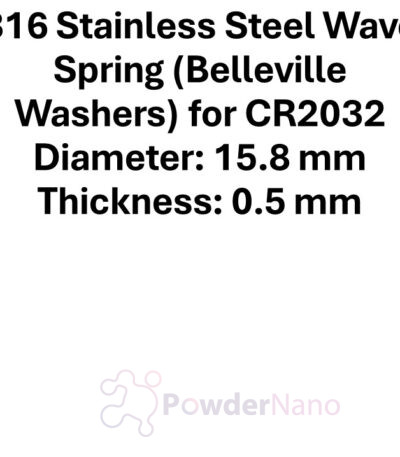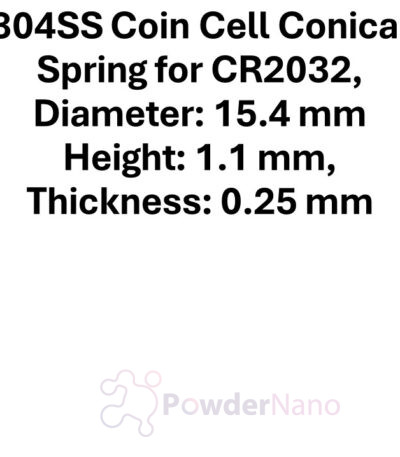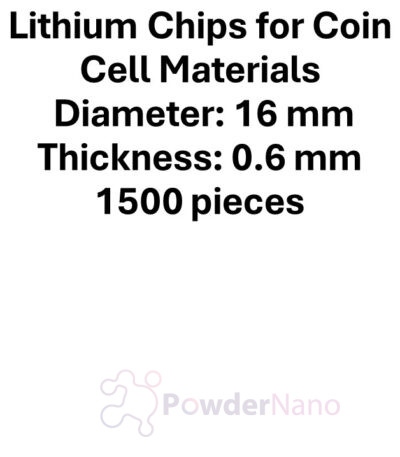Technical Specification:
- Material Composition:
- Material: High-purity lithium metal.
- Purity: ≥99.9% (battery-grade lithium for optimal electrochemical performance).
- Physical Dimensions:
- Diameter: 16 mm.
- Thickness: 0.6 mm.
- Quantity: 1500 pieces per batch.
- Surface Properties:
- Polished or Cleaned Surface:
- Ensures uniform electrochemical behavior and minimizes contamination.
- Oxidation Resistance:
- Often shipped with protective coatings or under inert gas to prevent oxidation.
- Polished or Cleaned Surface:
- Mechanical Properties:
- Softness: Lithium is malleable and easily conforms to coin cell configurations.
- Structural Integrity: Maintains consistent thickness for reliable cell assembly.
- Thermal and Chemical Properties:
- Operating Temperature Range: Suitable for battery testing and operation between -20°C and 60°C.
- Chemical Reactivity:
- Reacts with moisture; requires handling in a dry or inert environment (e.g., argon or nitrogen).
- Packaging:
- Packed in an inert atmosphere or vacuum-sealed to prevent oxidation and contamination.
- Includes separation layers to avoid damage or sticking during storage.
Applications:
- Primary Applications:
- Anode Material for Lithium-Ion and Solid-State Batteries:
- Used as the anode in coin cell assembly for research and development.
- Reference Electrode:
- Acts as a reference electrode in various electrochemical experiments.
- Anode Material for Lithium-Ion and Solid-State Batteries:
- Industries:
- Battery Research and Development:
- Widely used for testing and prototyping advanced cathode, electrolyte, and separator materials.
- Energy Storage Innovations:
- Integral in solid-state battery research, especially for testing lithium-metal and lithium-sulfur configurations.
- Electrochemical Studies:
- Supports studies on lithium-ion transport, interfacial properties, and dendrite formation.
- Battery Research and Development:
- Advantages for Applications:
- High Purity:
- Ensures reliable and reproducible electrochemical results in research and testing.
- Consistent Dimensions:
- Uniform size and thickness simplify coin cell assembly and improve test accuracy.
- Versatility:
- Suitable for lithium-ion, lithium-metal, and lithium-air battery studies.
- High Purity:
- Specialized Uses:
- Solid-State Batteries:
- Critical for evaluating solid electrolytes and high-energy-density anode materials.
- High-Voltage Cathode Testing:
- Pairs with advanced cathode materials operating at higher voltages (>4.5 V).
- Custom Experimental Configurations:
- Used in tailored setups for advanced material testing and electrochemical analysis.
- Solid-State Batteries:
- Challenges and Mitigation:
- Reactivity with Moisture:
- Lithium reacts readily with water and air.
- Solution: Handle in an inert atmosphere (e.g., glove box filled with argon or nitrogen).
- Lithium reacts readily with water and air.
- Oxidation during Storage:
- Oxidized surfaces can affect performance.
- Solution: Store in vacuum-sealed or inert-gas-sealed packaging and inspect before use.
- Oxidized surfaces can affect performance.
- Reactivity with Moisture:
Summary:
Lithium Chips for Coin Cell Materials (Diameter: 16 mm, Thickness: 0.6 mm, 1500 pieces) are high-purity, precision-engineered components essential for lithium-ion and solid-state battery research. Their consistent size and quality make them ideal for testing advanced cathode materials, solid electrolytes, and separators in laboratory environments. Proper handling and storage in an inert atmosphere ensure their long-term reliability and performance.
